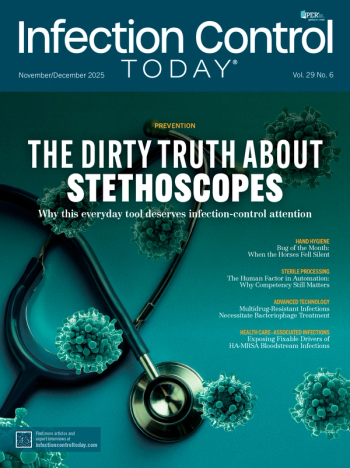
Novel Tuberculosis Research Could Lead to New Treatments
According to the World Health Organization (WHO), one-third of the world's population is currently infected with tuberculosis bacteria. The bacteria is incredibly resistant to treatment, and despite its prevalence, very little is known about why it is so stress tolerant. But, researchers at the University of Pittsburgh have been developing a new way of culturing tuberculosis bacteria, which could lead to new insights and treatments.
"This is a significant step forward in TB research," says paper-author Dr. Anil Ojha, "because it shows in a very reproducible way how to culture biofilms."
Though Mycobacterium tuberculosis has been cultured before, it is difficult to culture the bacteria in the biofilms organized, multicellular structures that give the bacteria its extraordinary resilience against environmental stresses and antibiotics. A tuberculosis biofilm can tolerate more than 50 times the minimal therapeutic dose of anti-tuberculosis drugs.
"M. Tuberculosis is difficult to treat," says Ojha. "It takes six to nine months of chemotherapy and after two months, most patients convert to culture-negative and smear-negative, though there is still bacteria there, and if you end treatment, the patient will have a relapse."
It is not known whether or not tuberculosis forms biofilms in the host, and whether that is the reason the microbes are so resistant to treatment, but according to Ojha, certain niches in the body have similar conditions to those that are required to culture biofilms in the lab.
The next step for the lab is to determine whether tuberculosis forms biofilms in its hosts, and to understand the genetic factors involved in biofilm formation. If tuberculosis does form biofilms in patients, understanding the genetics of biofilm formation could ultimately lead to more effective treatments for tuberculosis.
The article will be published in the Journal of Visualized Experiments (JoVE), the world's only peer reviewed, PubMed-indexed science video journal to publish all of its content in both text and video format.
"Words are words and it's very easy to miss out some details that you get from the visual," says Ojha about why he chose to publish in JoVE. "This way, the procedure is visual."
Newsletter
Stay prepared and protected with Infection Control Today's newsletter, delivering essential updates, best practices, and expert insights for infection preventionists.





